#Charles Willeford
Text
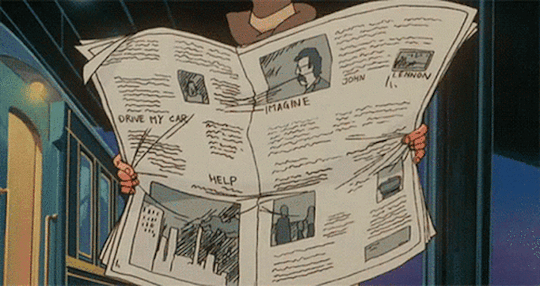
"Les mauvaises nouvelles ont tendance à se répandre plus vite que les bonnes." 📰
Charles Willeford
Gif série/ Koichi Zenigata/ Arsène Lupin
#gif animé#série tv#arsène lupin#zenigata#journal#newspapers#news#quotes#charles willeford#fidjie fidjie
33 notes
·
View notes
Text

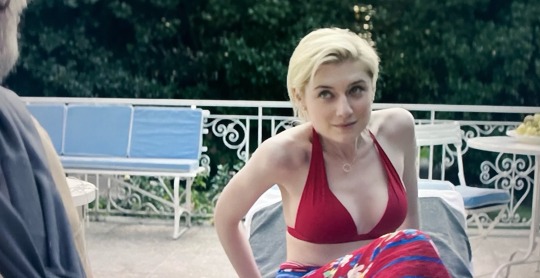


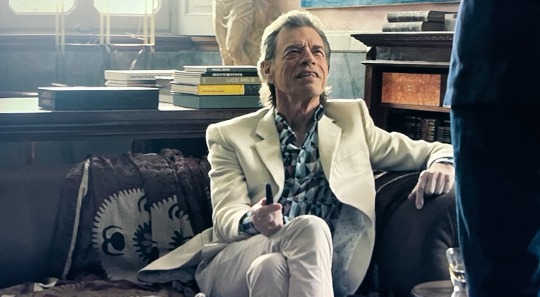


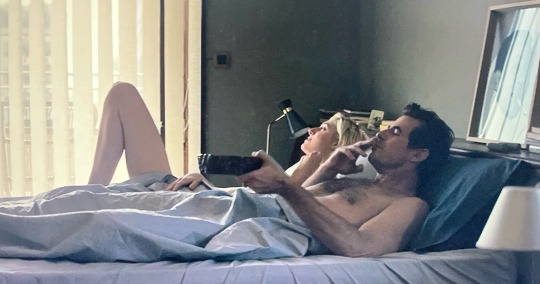

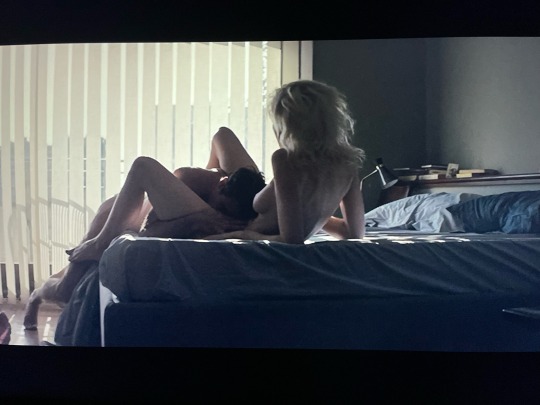
#the burnt Orange heresy#guiseppe capotondi#claes bang#elizabeth debicki#mick jagger#donald sutherland#Charles Willeford
18 notes
·
View notes
Text

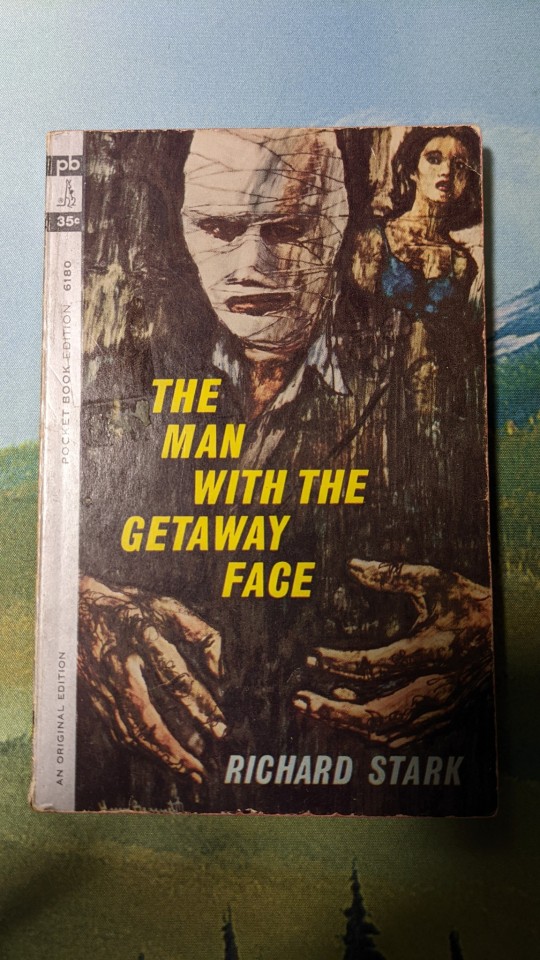
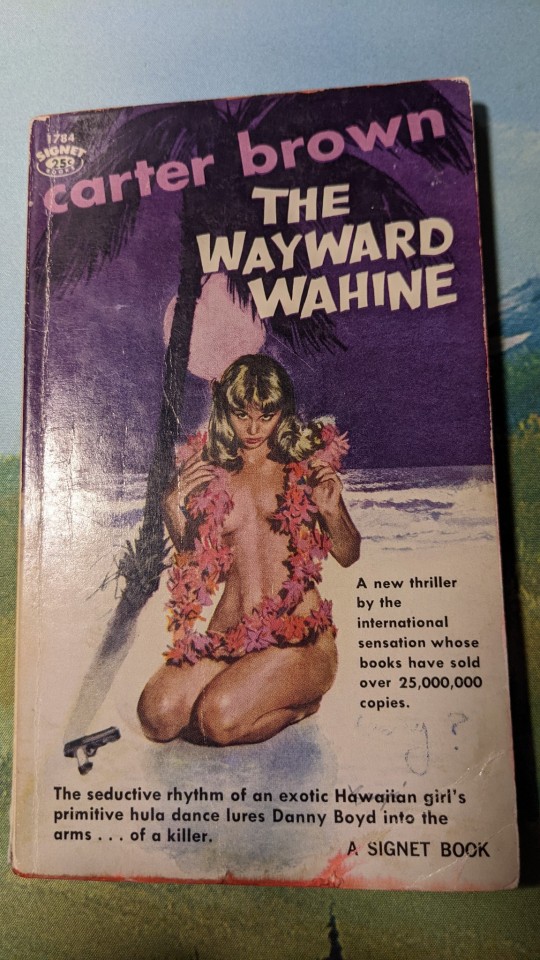


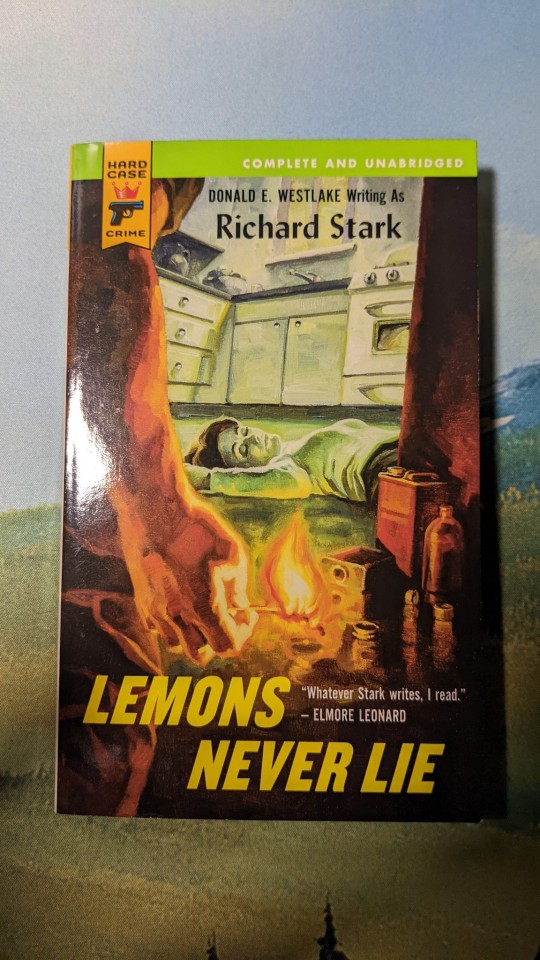

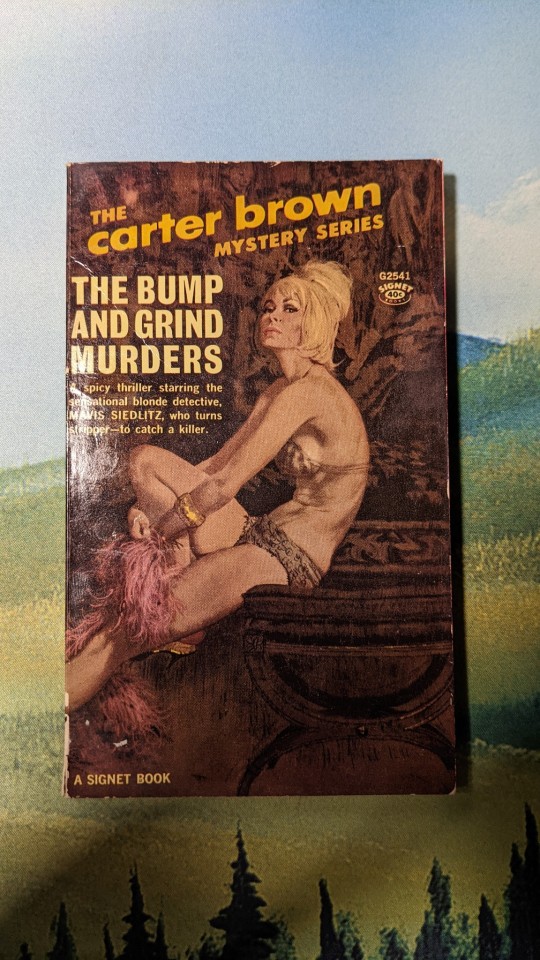
Here are some books I read "recently". I really enjoyed "The Score" and "Shark Infested Custard". "Lemons Never Lie" was also really good and had some absolutely beautiful writing as some of the scenes were described that I still cannot get over. I liked them so much that I actually bought a second copy of it so I can mount and frame those pages for our wall.
Also, if you like Quentin Tarantino go read "Shark Infested Custard".
#reading#books#mystery novel#pulp novels#richard stark#stephen king#norman partridge#carter brown#charles willeford#donald e. westlake
3 notes
·
View notes
Text

1 note
·
View note
Text

“If Shirley Stoler shows up in something you’re watching, chances are at the very least it’s not going to be boring - and she shows up in the damndest places, impossible to ignore when she shoulders her way on-screen. There she is, for example, dubbed into Italian to play the zaftig commandant in a German concentration camp in Lina Wertmüller’s Seven Beauties (1975), where she’s serviced by prisoner Giancarlo Giannini. And as nasty neighbor Mrs. Steve on the television show Pee-wee’s Playhouse, a toxic character axed after the first season in 1986, apparently because Stoler so rubbed Paul Reubens the wrong way. And in Frank Henenlotter’s Frankenhooker (1990), of which little more needs be said than it’s titled Frankenhooker. And as the pawnshop proprietress who whacks off Alec Baldwin’s digits in Miami Blues (1990), George Armitage’s adaptation of Charles Willeford’s blackly comic detective novel, in which her casting, per Armitage, was a homage to her breakthrough role in The Honeymoon Killers (1969), Leonard Kastle’s road trip through an all-American hellscape.”
/ From “All-American Medea: Shirley Stoler in The Honeymoon Killers”, Nick Pinkerton’s astute essay for The Criterion Collection, 22 March 2017 /
Born on this day: fiercely charismatic, menacing and memorable American character actress Shirley Stoler (30 March 1929 – 17 February 1999). If all Stoler did was star in vicious 1969 cult classic The Honeymoon Killers, her legacy would be secure. In addition to the credits Pinkerton cites above, she also crops up in Klute (1971), The Deer Hunter (1978) and Desperately Seeking Susan (1985) and (on TV) Charlies Angels, Miami Blues and soap operas The Edge of Night and One Life to Live. What a résumé! A persistent urban myth: that Shirley Kilpatrick – leading lady of el cheapo sci fi b-movie The Astounding She-Monster (1957) - and Stoler are one and the same person. To complicate things considerably: Kilpatrick died in 1971. Portrait of Stoler by John Deane.
#shirley stoler#john deane#lobotomy room#character actress#cult cinema#cult classic#the honeymoon killers#pee wee's playhouse#seven beauties#frankenhooker#desperately seeking susan#klute#charlie's angels#shirley kilpatrick#fierce
7 notes
·
View notes
Text
I had to look up whether the authors of Cape Fear and Miami Blues, John D. MacDonald and Charles Willeford, had any daughters, because they've both written about daughters from a dad's perspective in the fucking weirdest ways. In Cape Fear the dad is worried about his daughter getting raped because of Max Cady because she's growing into a woman (she's an underaged child - and it feels victim-blamey) and in Miami Blues Hoke describes his teen daughter as sexier than a 20 something year old woman??

As far as I know these men didn't have daughters. And it shows. Hopefully. It cannot be normal for parents to have these thoughts about their children.
I am getting red flags from the authors tho because honestly-
1 note
·
View note
Text
THE BOOK WAS BETTER
One more list for 2023: Time once again to post the list of books I moved my lips to during the year just past. As always, this doesn't include articles, short stories, comic books, poems, cereal boxes, Bazooka Joe wrappers, road signs, scoreboards, skywriting, graffiti, or "the room":

N or M? by Agatha Christie
Anti-Semite and Jew by Jean-Paul Sartre
The Long March by William Styron
Hyperion by Friedrich Hölderlin
Are You There God? It's Me, Margaret by Judy Blume
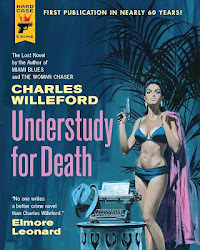
Understudy for Death by Charles Willeford
The Coven by E. Howard Hunt
What Makes Sammy Run? by Budd Schulberg
Once Upon a Time in Hollywood by Quentin Tarantino
The Making of Another Major Motion Picture Masterpiece by Tom Hanks
The White Mountains by John Christopher
The City of Gold and Lead by John Christopher
The Pool of Fire by John Christopher

As usual, I must start by sheepishly noting how embarrassingly short this list is; nowhere near the optimistic length I was hoping for at the beginning of the year. But it was still a fine year's reading, kicking off with the appallingly still-relevant Anti-Semite and Jew, one of several books I pulled off the shelves at my late sister's house in Virginia as momentos when The Kid and I were back there in January for her's and my brother-in-law's funeral (my sister and her husband died less than a month apart).

The only book-length work I've ever read by Sartre, it offers, in its earlier chapters, the best, most concise distillation of the bigoted mindset that I've ever read. In the later chapters Sartre gets pretty deep in the weeds about the motivations of "inauthentic" Jews in ways that seemed to me presumptuous. But it's still an extraordinary read.

Another I pulled from my sister's shelves was Budd Shulberg's What Makes Sammy Run? This turned out to be the first of three novels in a row I read about moviemaking, all by inarguable Hollywood insiders. The title character of Schulberg's famous 1941 yarn is the conniving Brooklyn-born hustler Sammy Glick, who runs up the ladder from newspaper copy boy to studio mogul, exploiting and stepping on everybody in his path.
Supposedly Sam Goldwyn offered Schulberg money to keep the book from being made into a movie; it remains unproduced as a feature to this day, though it was done as an early TV play and a successful Broadway musical. Goldwyn is said to have called it "doublecrossing the Jews," though as Schulberg pointed out, most of Sammy's victims in the story are also Jewish. In any case, Sammy's deviousness and sociopathic mendacity are an American archetype that transcends race. My biggest take-away from the book was that, bad as Sammy is, he's still less odious than our 45th President.

Tarantino's Once Upon a Time in Hollywood is his 2021 reimagining, as a popular '70s-era paperback, of his own 2019 movie set in Tinseltown (and elsewhere) in 1969. As with the movie, it freely mixes real-life figures with fictitious characters, movies, TV shows and incidents, sometimes ridiculing sacred cows (Bruce Lee, most notably), sometimes forging into the realm of alternate history.
The book is not, however, a "novelization" in the usual sense; though he uses the same characters as in the movie, he presents them mostly in different episodes. The boyish wishful-thinking fantasy of revisionist violence with which he climaxes the film is referred to only in passing in the novel, around mid-point, while backstories and interior perspectives are explored in detail. I loved the film, but even if you didn't, you might like the book; I think I liked it a little better.
There's a sort of guileless stylistic freedom with which Tarantino writes prose fiction that I found highly enviable. For instance, throughout the novel he keeps describing a (fictitious) episode of the (real) '60s TV show Lancer on which his faded cowboy star hero has a juicy guest role as a villain. As Tarantino omnisciently describes the episode's plot, and warms to it, said plot gradually, and seemingly without conscious transition, takes over the narrative so that we no longer seem to be reading a story-within-a-story; we're just reading a good ripping western yarn.
Then when we shift back to the Hollywood story, it seems similarly artless and unfussy. This unpretentious feel may, of course, be an effect that Tarantino carefully worked to attain. But I doubt it; I think he's just lucky enough not to know better; blessedly unfettered by the "rules" of fiction writing.

Third in my unofficial Hollywood trilogy was The Making of Another Major Motion Picture Masterpiece by Tom Hanks. This one, which traces the genesis, development and shooting of a big-budget superhero flick based on a '60s-era underground comic, is also stuffed with stories-within-the-story, including two well-done fake vintage comic books, one a gung-ho '40s WWII-era flamethrower tale and the other a parody of it from the San Francisco underground scene of the '60s.
I understand the reviews for this shaggy-dog debut novel were cool at best, but I really enjoyed it. As drama it's a little mild, admittedly, with most of the characters, and especially the movie's good guy director, behaving quite respectfully and decently toward each other in a distinctly Hanksian manner. I found this sort of refreshing, and the author's digressions and obsessively-imagined worlds came to life for me. The book's overriding point seems to be that movies are made not so much by visionary artists as by relentless problem solvers.
Perhaps not surprisingly, therefore, his most vivid creation is his portrait of an insufferable young actor who's cast in the male lead and instantly paralyzes the production with his raging narcissism and unprofessionalism. The novel could have used more of this guy, and inevitably it makes you wonder if Hanks was thinking of anybody in particular.
Also, I appreciated that Hanks threw a shout-out to my beloved hometown of Erie, Pennsylvania (where he also set his directorial debut That Thing You Do!).
Elsewhere on this blog I commented on The Coven by E. Howard Hunt and William Styron's The Long March. My year-end choice was more relaxing; I finally got around to John Christopher's "Tripods" trilogy of The White Mountains, The City of Gold and Lead and The Pool of Fire, which I'd been curious about since elementary school. Good stuff; I would have enjoyed them greatly back in my younger days. That's what I get for being lazy.

I also took on Hölderlin's Hyperion (1797), which, like The Long March, I picked up at the VNSA book sale. It's a philosophical yarn--it probably influenced Nietzche and Heidegger more than it did other novelists--written in a heightened poetic language, hence pages and pages of rhapsodizing about Love and Nature and the Beauty of Greece (where Hölderlin never set foot) and the superiority of classical Greek culture to modern culture. It can wear you down after a while, even if you more or less share his feelings.
A sample: At one point the titular hero is holding forth to his lover Diotima:
“‘Let me,’ I cried, ‘let me be yours, let me forget myself, let all the life of the body and spirit in me fly but to you; but to you, in blissful, endless contemplation! O Diotima! So did I once stand, too, before the shadowy divine image that my love created for itself; before the idol of my lonely dreams; I nourished it faithfully; I animated it with my life, with my heart’s hopes I refreshed it, warmed it, but it gave me nothing save what I had given, and when I had become impoverished, it left me poor; and now! Now I have you in my arms and I feel the breath of your breast, and feel your eyes in mine, your beautiful presence flows into all my senses, and I can bear it, now I possess all that is most glorious, and tremble no longer, yes! Truly I am not he who I was, Diotima! I have become like you, and divinity plays with divinity like children playing together!’”
To which Diotima replies:
“‘But try to be a little calmer,’ she said.”
That was my favorite line in the book.
#jean paul sartre#budd schulberg#quentin tarantino#tom hanks#friedrich holderlin#what makes sammy run?#once upon a time in hollywood#the making of another major motion picture masterpiece#vnsa
0 notes
Text
Day 75 - at Larrau
Another very warm morning with storms forecast later in the day, but there were no rapid starts, as I tempted myself to a second coffee and lay reading Charles Willeford’s High Priest of California for an hour or so.


Then we took on a longer circuit than yesterday, up through the beech forests at the back of Larrau to the Col de Jauregibberi, a mountain pass at 880 metres.


Up at the Col the views across to Spain, just a few kilometres away, are exceptional.

This derelict house up at the pass attracted my attention. It would be a wonderful place to live.



Larrau is a bit of a gem. Even today, a fine Saturday, it has few visitors. The reason is that there isn’t much infrastructure for the tourist here. There is the small campsite, and the fine dining hotel in the village, but no cafe, no bar, no shop, or even bakery for 17 kilometres, at the village of Tardets.
We were out for just over three hours, back at the van at just after 2 pm for a late lunch, and an afternoon of sport, with the last round of Premiership rugby at 5 pm.


That was followed by a twenty minute stroll with Roja, and a beer with the campsite owner’s father-in-law who was singing the praises of the Brittany Atlantic coast. I’ll get there at some stage..
0 notes
Photo
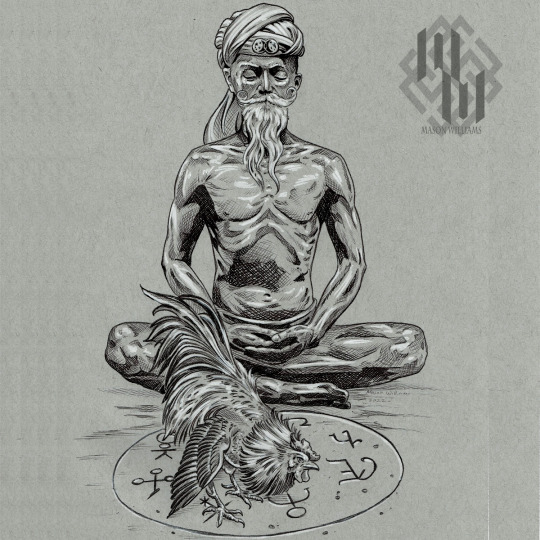
The Alectryomancer illustration by Mason Williams for the short story by Charles Willeford
0 notes
Photo
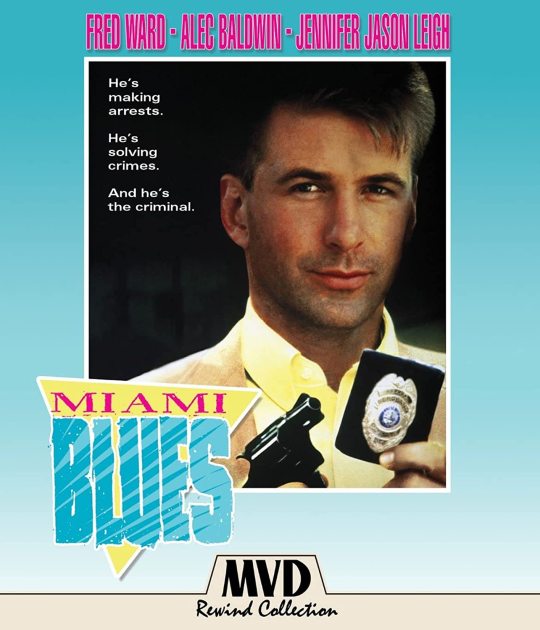
Miami Blues will be released on Blu-ray on July 5 via MVD's Rewind Collection. The 1990 dark comedy crime thriller is features reversible and comes with a mini poster.
George Armitage (Grosse Pointe Blank) writes and directs, based on the the 1984 novel by Charles Willeford. Fred Ward, Alec Baldwin, and Jennifer Jason Leigh star.
Special features are listed below.
Special features:
Interviews with actors Alec Baldwin and Jennifer Jason Leigh
Theatrical trailer
Home video trailer
3 TV spots
Photo gallery
Junior Frenger (Alec Baldwin) is trouble and Sgt. Hoke Moseley (Fred Ward) knows it. Junior, smooth-talking, good-looking ex-con tiptoes on the borderline of psychotic behavior in this thriller-with-a-comic-edge. Moseley is the detective hot on his trail after Junior kills a Hare Krishna, robs a pickpocket, then steals Moseley's badge, his gun… and even his false teeth. Junior's running around the streets of Miami posing as a cop, assaulting people and making arrests. And even though he promises his live-in lover (Jennifer Jason Leigh) that he'll stay out of crime, he continues playing cops and robbers on both sides of the law.
Pre-order Miami Blues.
#miami blues#alec baldwin#jennifer jason leigh#90s movies#1990s movies#fred ward#george armitage#mvd#dvd#gift#charles willeford#crime thriller#grosse pointe blank
15 notes
·
View notes
Photo

“How to Be Single and Enjoy Depression”
Charles Willeford
Tropic, July 20, 1975
10 notes
·
View notes
Photo
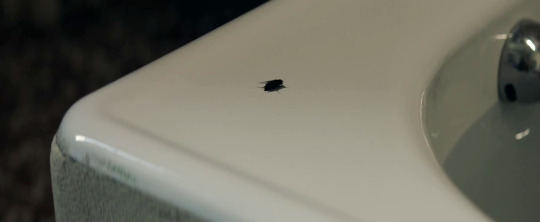

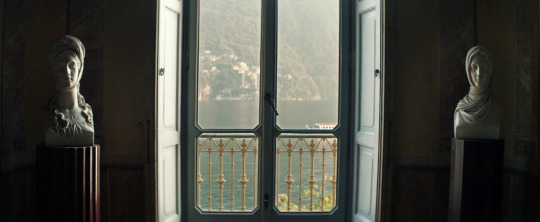


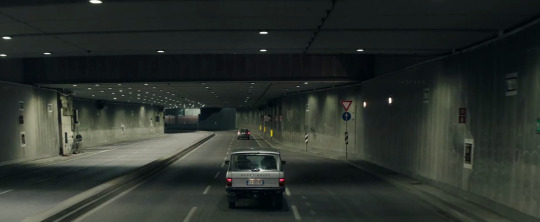
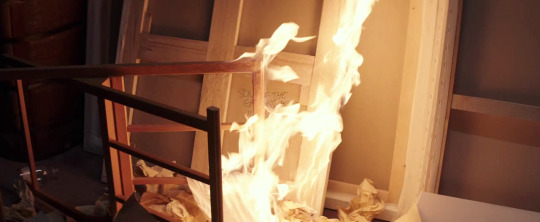
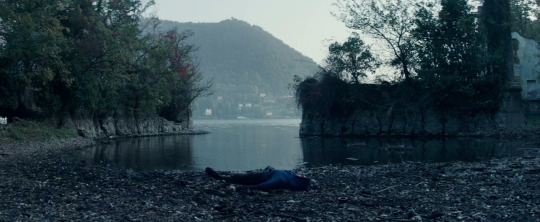
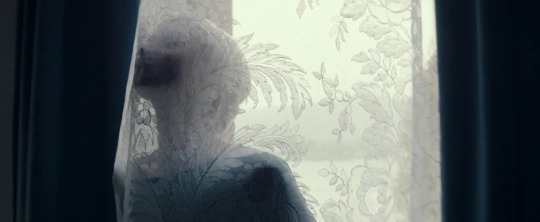
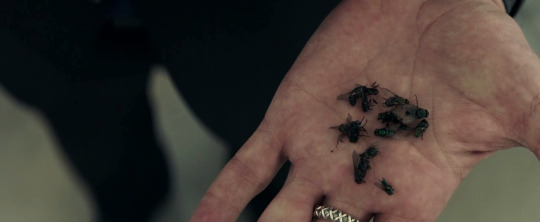
The Burnt Orange Heresy (Giuseppe Capotondi, 2019).
#giuseppe capotondi#the burnt orange heresy#elizabeth debicki#david ungaro#guido notari#totoi santoro#scott b. smith#charles willeford#claes bang
80 notes
·
View notes
Photo
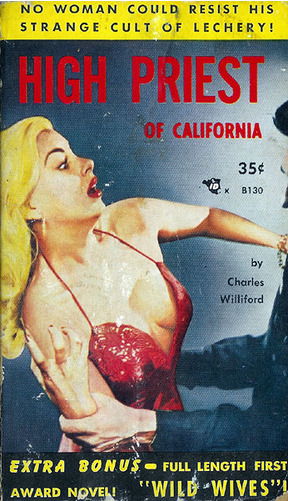


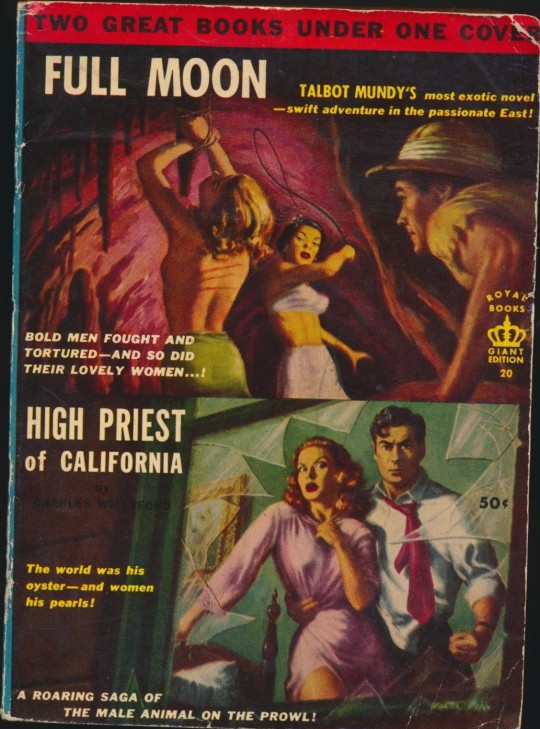



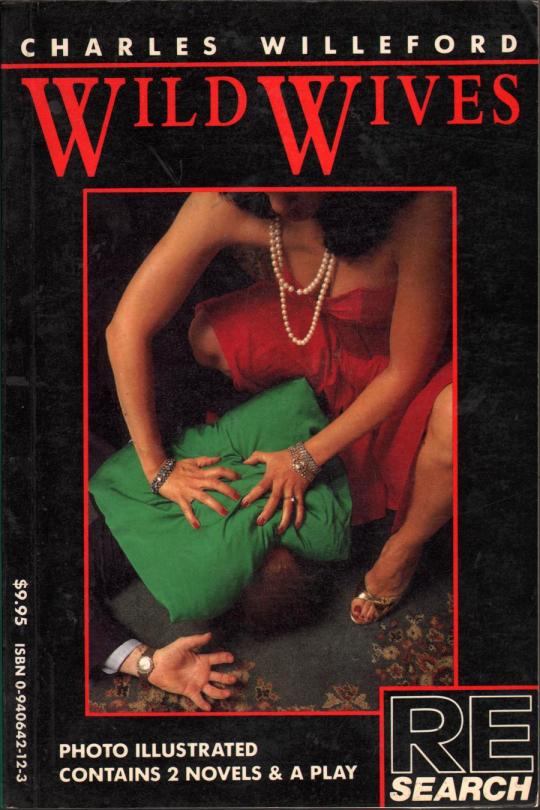
High Priest of California/Wild Wives by Charles Willeford
#charles willeford#pulp novels#noir#hard boiled detective fiction#mysteries#detective fiction#vintage books#book covers#paperbacks
15 notes
·
View notes
Text
Review: The Burnt Orange Heresy
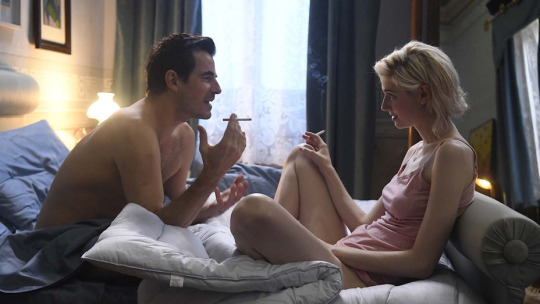
Dir. Giuseppe Capotondi
“Critics,” intones art historian/critic James Figueras (Claes Bang), “are the banks of the river, and art is the water that flows between us: We work to channel their flow.” The debonair Figueras is performing one of his many standard lectures for tourists in Milan, promoting his just-published book called, hilariously, The Power of the Critic. The usual crowd includes tour bus groups and blue hairs who only want to ask him about Renoir and Da Vinci -- “as if they’re the only artists who made anything,” he complains later — but among the crowd on this day is Berenice (Elizabeth Debicki), a luminously beautiful American from Duluth, who takes a shine to the suave-seeming lecturer.
The two share a tryst, and Figueras invites her to stay with him as he takes up the invitation from Joseph Cassidy (Mick Jagger), a massively rich art dealer, to join him at his Lake Como estate for a business arrangement. There, in a beautiful mansion (that the wealthy man refers to as a “cottage”), Cassidy makes his pitch: Living on the property in a small cabin on his estate is the reclusive artist Jerome Debney (Donald Sutherland), a legend in the art world for having turned a painting from his first show that had been burned to the ground just before its exhibit, into an enigmatic empty frame; Cassidy wants Figueras to somehow secure one of his new works, the likes of which the world hasn’t seen in nearly five decades.
As a carrot, Figueras is offered the chance to interview the revered man, something the artist also hasn’t allowed in decades. The offer is not without its barbs, however. When Figueras asks what’s to stop him from just procuring the interview and leaving well enough alone, Cassidy reveals the “research” that has been conducted on the critic’s past, revealing some unsavory tendencies towards spending money he doesn’t have, and compromising his critical ethics in order to procure more.
He’s also a pill-popper, a trait that rightfully worries Berenice, a kindly, innocent type, on leave from her high school teaching gig, after having an ill-advised affair with a colleague which left her temporarily pregnant. Meeting Debney the next day, after the artist wanders onto the pavilion upon which the couple are sitting by the pool, Berenice genuinely hits it off with him, even as Figueras’ genuflections leave him more wary.
Thus ensues Giuseppe Capotondi’s smartly sophisticated art forgery thriller, based on the novel by Charles Willeford, which slowly reveals the characters’ true nature, as the plot begins its inexorable squeeze. Figueras, it turns out, is all ambition and no soul: Despite his declarations otherwise, all he wants is the wealth and fame of success, by any means necessary. When Debney reveals the blank canvases that comprise his latest works, Figueras recoils as if affronted. “You’re a thief,” he declares, “stealing from the world,” but, of course, all he really cares about is how he’s meant to procure a new work for Cassidy, if there is nothing to show.
Bang, who, between this and his role as an egoist museum director in Ruben Ostland’s The Square, has created a small cottage industry of playing desperately vain men in the art world, whose ethics are all too easily compromised. Figueras is like an unstable compound nucleus, seemingly orderly on the outside, but housing dangerous materials underneath, able to fissure at a moment’s notice.
Debicki, meanwhile, rightfully lauded for her role in Steve McQueen’s Widows, proves to be anything but a flash in the pan. Sweet, breezy, and charming, she acts as the soul of the film. In a milieu in which nearly everyone is one sort of masked monster or other, she is refreshingly candid without being naive. In a neat bit of character interplay, both Berenice and James refer to each other with a series of endearment bromides, often ironically (“pumpkin,” “champ,” “sugar plum,” “chief”). She’s in on the joke, as far as she knows, but doesn’t realize yet the lengths her new lover is willing to go in order to ensure his success.
At just under 100 minutes, Capotondi briskly moves the film through its paces, clouding the waters with the schemes of duplicitous men, who've sold out any love of art for their greater obsession of cash and prestige. A literary thriller in the vein of The Talented Mr. Ripley, it’s become a genre all too rare in the era of blockbuster bravado. By the end, Figueras’ earlier analogy for art critics has been turned on its head: Instead of the “riverbanks” controlling the flow of art, these supposed cultural icons are more like failed locks during hurricane season, old, rutted, and worse than useless.
#sweet smell of success#ssos#piers marchant#films#movies#the burnt orange heresy#Giuseppe Capotondi#claes bang#elizabeth debicki#Mick Jagger#donald sutherland#art#forgery#italy#thriller#charles willeford
3 notes
·
View notes
Text
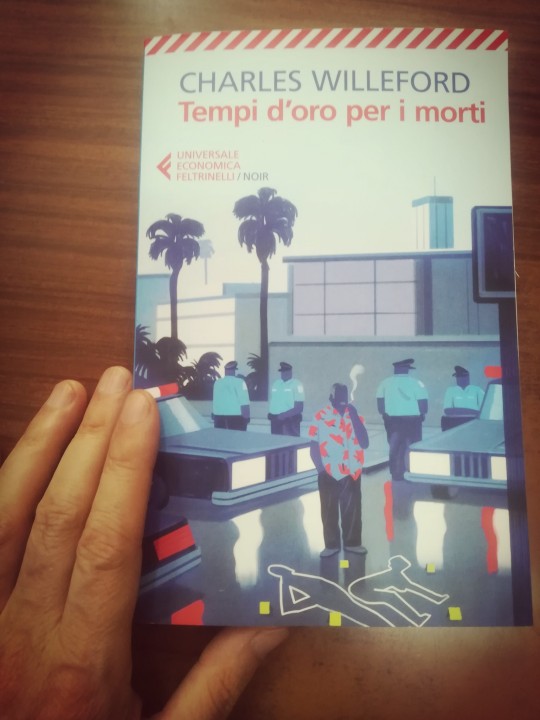
Quentin Tarantino dichiarò: «Pulp Fiction non è un film noir, io non faccio del neo-noir. Penso che Pulp Fiction sia molto vicino alla crime fiction di questi ultimi anni, in particolare a Charles Willeford.» Ora vediamo se ho beccato un autore, a me sconosciuto, che è di mio gusto.
3 notes
·
View notes
Photo
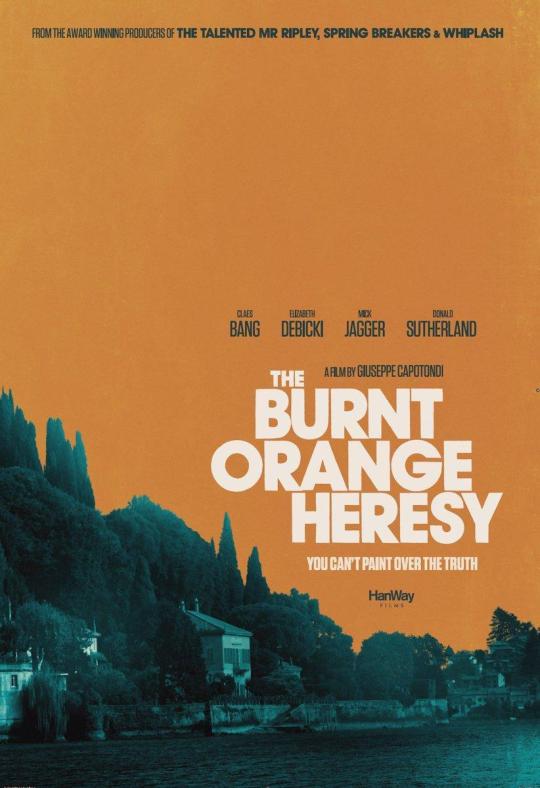
Movie #24 of 2020: The Burnt Orange Heresy
“Do you think there’s too much blue?”
#the burnt orange heresy#2019#english#thriller#drama#Giuseppe Capotondi#scott b. smith#charles willeford#craig armstrong#david ungaro#guido notari#24#mick jagger
5 notes
·
View notes